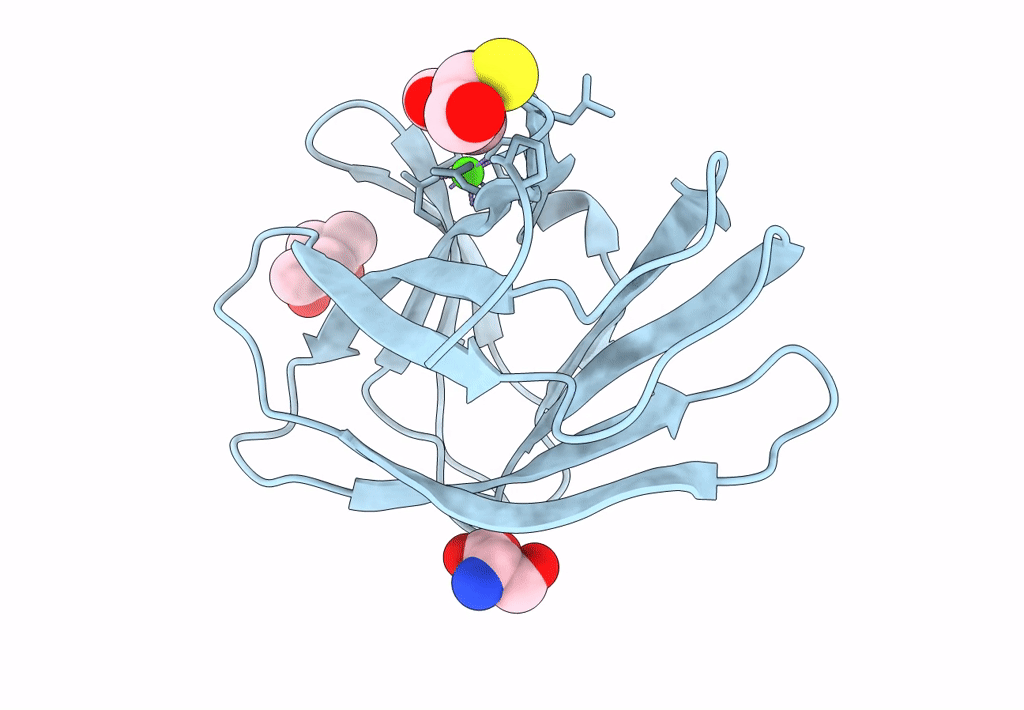
Deposition Date
2022-05-16
Release Date
2023-02-08
Last Version Date
2024-05-01
Entry Detail
PDB ID:
7ZVO
Keywords:
Title:
Structure of CBM BT0996-C from Bacteroides thetaiotaomicron
Biological Source:
Source Organism:
Bacteroides thetaiotaomicron VPI-5482 (Taxon ID: 226186)
Host Organism:
Method Details:
Experimental Method:
Resolution:
1.65 Å
R-Value Free:
0.22
R-Value Work:
0.17
R-Value Observed:
0.17
Space Group:
P 21 21 21


